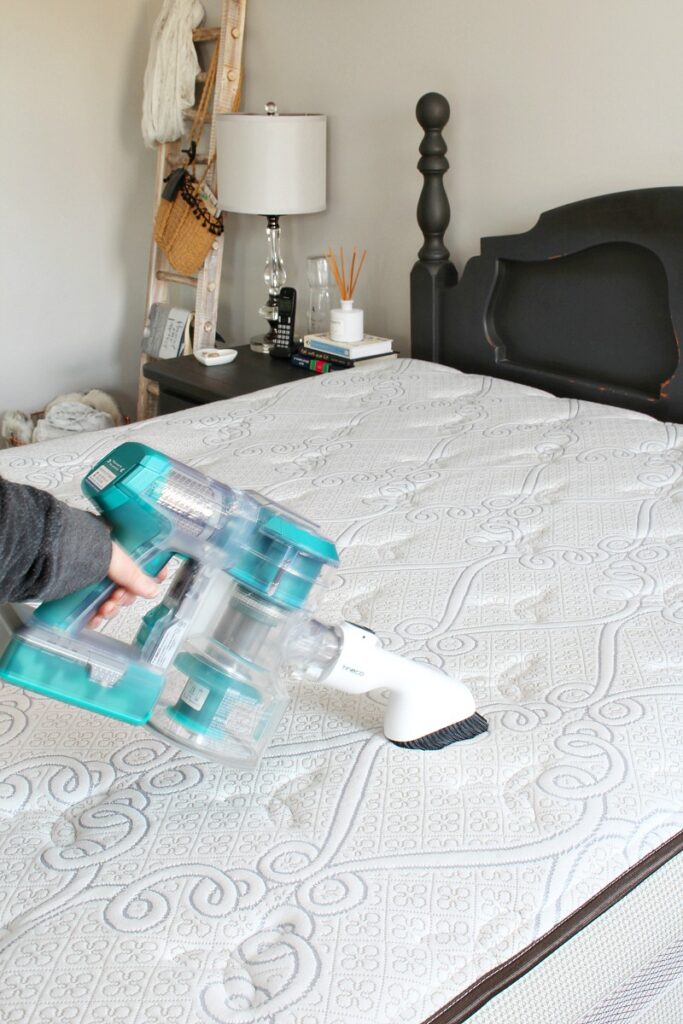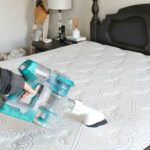Are you looking for a quick and easy way to dry your mattress? If so, you’ve come to the right place. In this article, we will provide you with a step-by-step guide on how to quickly and easily dry a mattress, so you can get the results you want now. With the right tips and tricks, you can have your mattress dry and ready to use in no time. So, let’s get started on how to dry a mattress!
Reasons You Might Need to Dry a Mattress
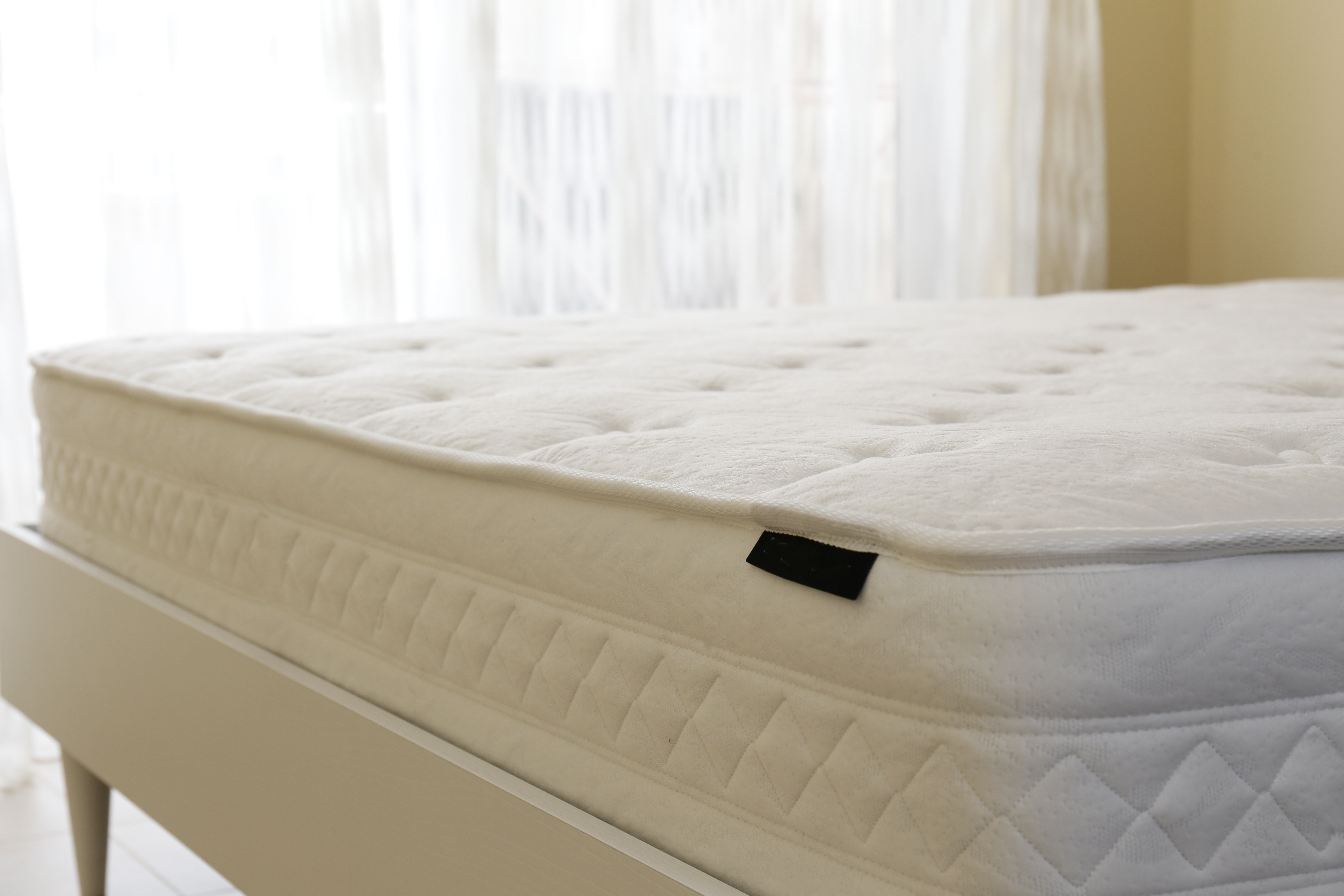
- Accidental Liquid Spills: Accidental spills of liquid on a mattress can occur at any time, and can cause significant damage to the mattress if not dried quickly.
- Stains: Stains on a mattress can be caused by a variety of things, such as sweat, food, and pet accidents.
- Mold and Mildew: If a mattress is exposed to moisture for too long, it can start to develop mold and mildew, which can be difficult to remove.
- Dust Mites: Dust mites can build up quickly on a mattress and can be difficult to remove without the proper cleaning techniques.
No matter the reason, if you want to know how to dry a mattress fast, you need to take the necessary steps to do so.
How to Quickly & Easily Dry a Mattress
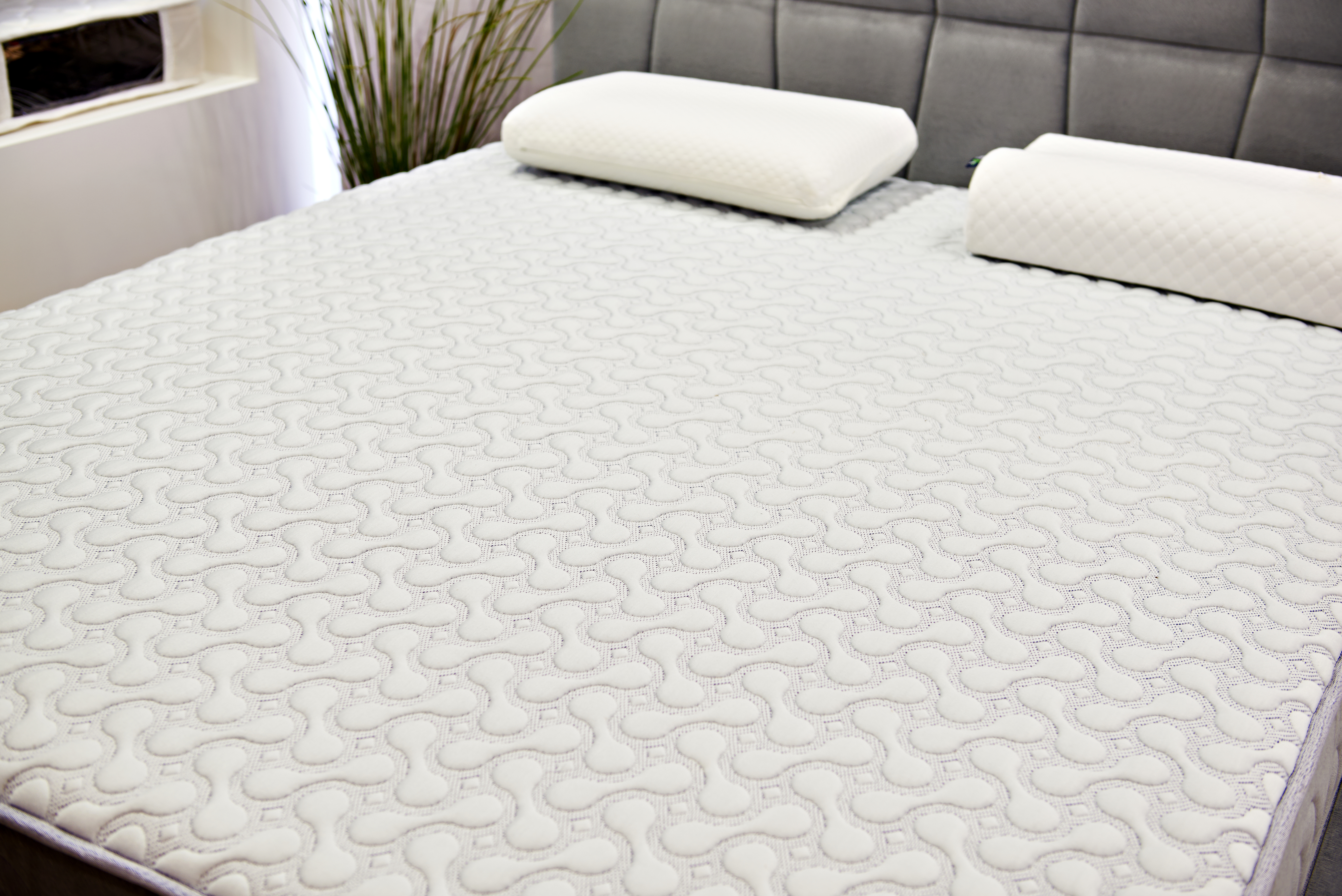
Use a Hair Dryer
Using a hair dryer is one of the quickest and easiest ways to dry a mattress. Simply set the dryer to a low heat setting and begin to dry the mattress. Start at one end and slowly move the dryer across the mattress, making sure to get all the moisture out. This method can take anywhere from a few minutes to a few hours, depending on the size of the mattress and the amount of moisture it contains.
Use Fans
Fans are another great way to quickly and easily dry a mattress. Place a few fans around the mattress and turn them on. This will create a wind tunnel that will help to dry the mattress faster than if you simply left it out to air dry. This option can take anywhere from a few hours to overnight, depending on the amount of moisture in the mattress.
Use Towels
Using towels is another great way to quickly and easily dry a mattress. Place a few towels on the mattress and then use a fan to create a wind tunnel. This will help to absorb the moisture from the mattress and the fan will help to dry the mattress faster. It is important to check the towels often and replace them as needed to ensure that the mattress is completely dry. This option can take anywhere from a few hours to overnight, depending on the amount of moisture in the mattress.
No matter which method you choose, it is important to keep an eye on the mattress and make sure that it is completely dry before using it. If you are looking to dry a mattress quickly and easily, these are some of the best methods to get the results you want now. It shouldn’t take more than a few hours, but it is always best to err on the side of caution and take a few extra moments to make sure your mattress is completely dry before using it. With the right methods, you can have a dry mattress in no time and enjoy the comfort it provides.
How Long Does It Take for a Mattress to Dry?

The time it takes for a mattress to dry depends on several factors:
- The type of mattress – foam mattresses usually take longer to dry than spring mattresses.
- The size of the mattress – larger mattresses take longer to dry than smaller ones.
- The amount of moisture – more moisture means longer drying times.
- The environment – high humidity can slow down drying times.
In general, it takes about 24 hours for a mattress to dry completely. However, that can vary depending on the factors mentioned above. If you’re in a hurry, you can speed up the drying process with a fan or a hair dryer, but that’s not always necessary. There are several ways to dry a mattress without a hair dryer, such as airing it out in the sun or using a dehumidifier.
What to Do If Mattress Gets Wet

- Act Quickly: If your mattress gets wet, it’s important to act fast in order to prevent mold or mildew from growing.
- Wipe Away Excess Water: If the mattress is only slightly wet, you can use a dry towel to gently blot away any excess moisture. If the mattress is soaked, you’ll need to use a wet/dry vacuum to remove as much of the water as possible.
- Air Dry: Once you have removed the excess water, you’ll need to air dry the mattress. This can be done by opening windows and using fans to circulate the air around the mattress. Alternatively, you can take the mattress outside and let it dry in the sun.
- Use a Dehumidifier: If the air is still humid, it can be difficult to get the mattress completely dry. In this case, it’s a good idea to use a dehumidifier to help suck the moisture out of the air.
- Change the Bedding: Once the mattress is mostly dry, you’ll need to change the bedding to help prevent mold or mildew from growing. It’s a good idea to use a waterproof mattress protector to help protect the mattress from future spills or leaks.
By following these steps, you can quickly and easily get water out of your mattress and get the results you want now.
How to Get Water Out of Mattress
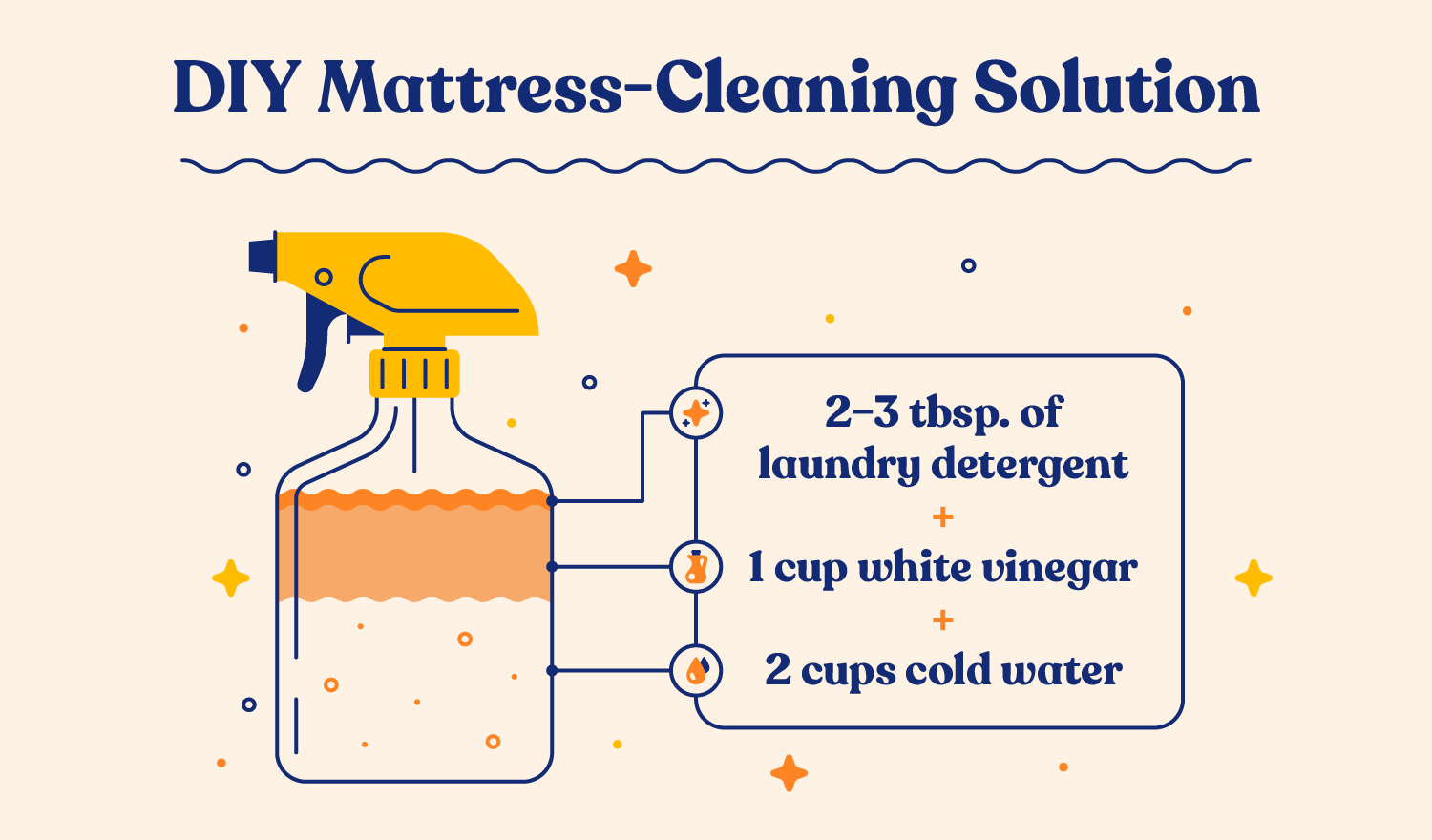
- Act quickly – the quicker you dry out the mattress, the better the chance of avoiding any permanent damage.
- Remove any wet bedding – such as sheets, blankets, and mattress covers.
- Blot up any standing water – with a thick towel. Do not rub the area as this will spread the water and make it harder to dry.
- Use fans to circulate air – and speed up the drying process.
- Use a dehumidifier – if the mattress is taking too long to dry out.
- Replace mattress cover – once the mattress is dry.
If your mattress gets wet, it is important to take the necessary steps to quickly and easily dry it out. Follow these tips to ensure your mattress is completely dry and damage-free.
How to Dry Out a Mattress That Got Rained On
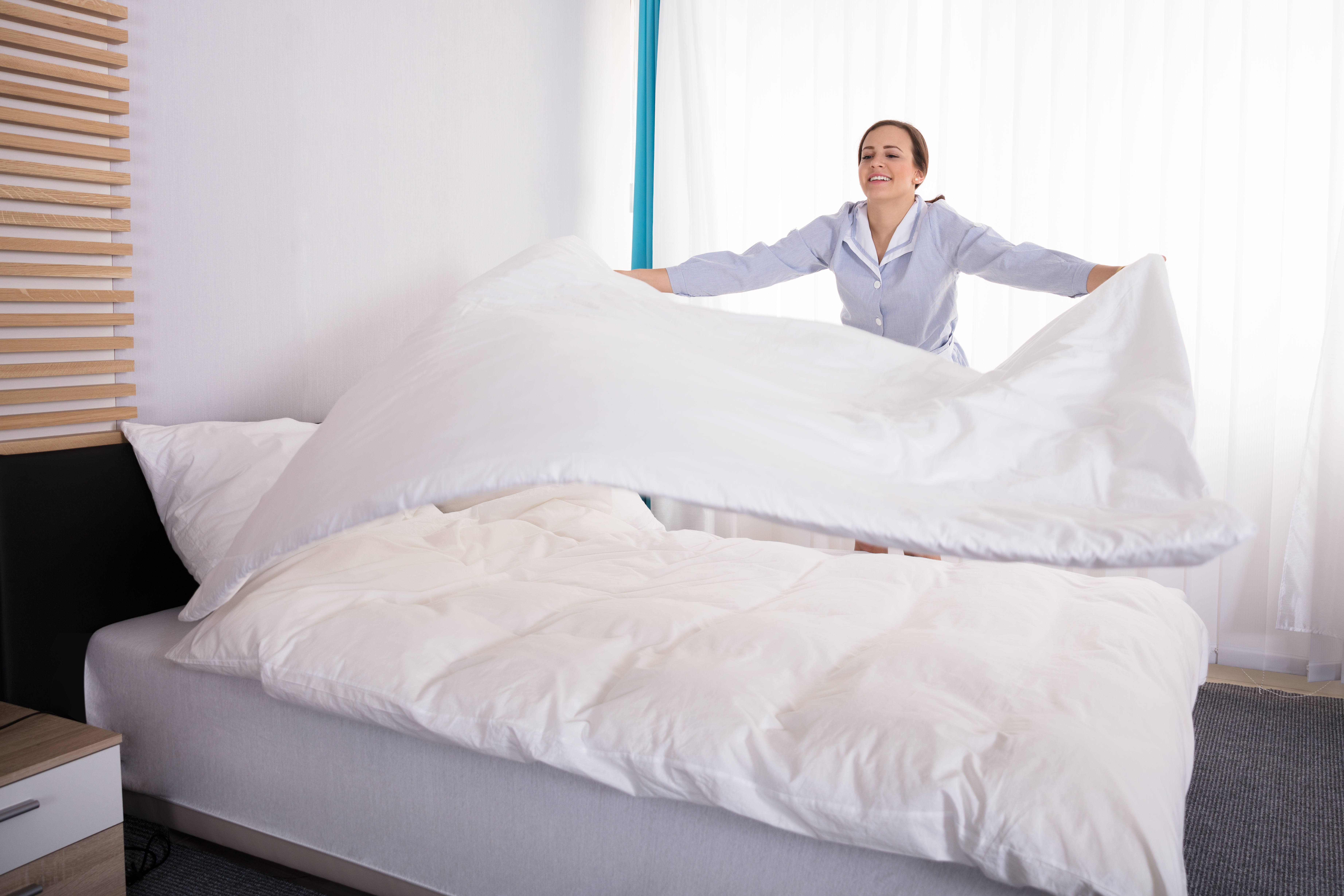
1. Use a Vacuum Cleaner
Using a vacuum cleaner is the most effective way to suck out any water from the mattress. Start by using the crevice attachment on the mattress. This will help to get rid of any water that has seeped into the corners and edges of the mattress.
2. Use a Hairdryer
Using a hairdryer is also a great way to dry out your mattress. Just make sure to keep the hairdryer on a low setting and keep moving it around the mattress to ensure that all the moisture is removed.
3. Place the Mattress in Direct Sunlight
Placing the mattress in direct sunlight is a great way to naturally dry out the mattress. Just make sure that you don’t leave the mattress in direct sunlight for too long as this can cause the mattress to become discolored.
4. Use Towels & Fans
Using towels and fans is another great way to quickly and easily dry out your mattress. Start by placing towels on the mattress and then using fans to blow air onto the mattress. This will help to quickly and easily dry out the mattress.
5. Use a Dehumidifier
Using a dehumidifier is another great way to dry out a mattress that has been rained on. A dehumidifier will help to remove any excess moisture from the air, as well as from the mattress itself.
6. Use a Mattress Cover
Using a mattress cover is the best way to prevent your mattress from getting wet in the first place. A mattress cover will help to keep any water from seeping into the mattress and will help to ensure that your mattress stays dry.
How to Dry a Wet Mattress from Rain
- Remove the mattress from the rain: The first step is to remove the mattress from any contact with the rain. If you can, take it indoors and place it in a dry, ventilated area.
- Blot excess water: Use a towel to remove the excess water from the mattress. Be sure to use a dry, absorbent towel to do this.
- Allow air to circulate: Once the excess water is blotted off, make sure that air can circulate around the mattress. This will help it dry out faster and more evenly.
- Use a fan: If you have a fan, use it to circulate air around the mattress. This will help it dry out even faster.
- Use a dehumidifier: If you have a dehumidifier, you can use it to remove moisture from the air. This will help the mattress dry out even faster.
- Place in the sun: If the weather permits, you can place the mattress in direct sunlight. This will help it dry out even faster.
- Rotate the mattress: Make sure to rotate the mattress every few hours to ensure that it dries out evenly.
Once the mattress is completely dry, be sure to air it out before using it again. This will help remove any lingering moisture that may have been left behind.
Frequently Asked Questions
What Kind of Mattress Should I Use with This Method?
Memory Foam: Memory foam mattresses are breathable and durable. They are also great for reducing motion transfer, making them ideal for couples.
Innerspring: Innerspring mattresses are supportive and often come with a variety of comfort layers. They provide bounce and responsiveness, making them great for those who crave a more active sleep.
Hybrid: Hybrid mattresses combine the support of an innerspring mattress with the comfort of memory foam or latex. They also provide more bounce than a traditional mattress.
Latex: Latex mattresses are known for their durability and breathability. They are also great for those who suffer from allergies, since latex mattresses are naturally hypoallergenic.
Adjustable Base: An adjustable base can be used with any type of mattress. It allows you to adjust the head and foot of the bed to customize your sleep experience.
How long should I leave the mattress out in the sun to ensure it dries properly?
Leave the mattress out in the sun for at least 4-5 hours. This is the minimum amount of time that should be spent in order to ensure the mattress is fully dried. The longer the mattress is out in the sun, the quicker and more efficiently it will dry. Here are some tips for successful drying in the sun:
- Place the mattress in a sunny spot for maximum exposure.
- Be sure to flip the mattress regularly so that both sides can be dried evenly.
- If possible, cover the mattress with a tarp or sheet to protect it from the elements.
- Check the mattress periodically to ensure it is drying properly.
Once the mattress is dry, it is important to store it properly to prevent mildew and mold from forming. This can be done by airing out the mattress in a well-ventilated area before storing it.
What if I Don’t Have the Time to Wait for the Mattress to Air Dry?
If you’re short on time, you can use a vacuum cleaner with a hose attachment to suck out the moisture. Make sure to move the hose around the entire mattress and try to get as much of the moisture out as possible. You could also use a fan to help speed up the drying process. Make sure to keep the mattress well-ventilated to help it dry faster. Additionally, you can use a wet/dry shop vacuum to suck out the moisture.
Are there any other methods I can use to speed up the drying process?
Yes, there are other ways to speed up the drying process. You can try using a fan, dehumidifier, or a wet/dry vacuum to speed up the drying process. Additionally, you can place the mattress in a sunny area to help it dry faster. It is important to rotate the mattress every few hours to ensure even drying.
Is it Safe to Use a Hairdryer to Dry the Mattress?
Using a hairdryer to dry a mattress can be a safe and effective way to get it dry quickly, however there are some things you should consider first:
- Set the hairdryer to a low heat setting to avoid damaging the material.
- Keep the hairdryer at a safe distance away from the mattress to avoid burning.
- Do not leave the hairdryer unattended, and turn it off when not in use.
- Be sure to flip the mattress and dry both sides.
The most important thing to remember when using a hairdryer to dry a mattress is safety. Make sure you follow the above tips to ensure you don’t cause any damage to the mattress.
Conclusion
Drying a mattress properly requires patience and the right steps. To ensure you get the best results, use a dehumidifier to reduce humidity levels and open the windows to increase air circulation. Use fans and towels to help speed the drying process, and rotate the mattress so all sides can dry. If possible, place the mattress in the sun for natural drying. If the mattress is still damp after trying these methods, contact a professional for assistance.
